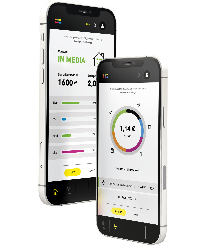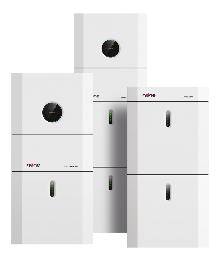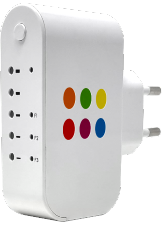


Regalgrid ha sviluppato una serie di device digitali, portali di monitoraggio e applicazioni smart, disponibili sia per utenti finali che per installatori, per gestire in modo completo ogni tipologia di impianto.
Scopri di più
Un domani è possibile solo se il tuo impatto sul pianeta diventa Ø. NØNE sei tu che non emetti emissioni nocive all'aria. Sei tu che non hai un impatto sull'ambiente. NØNE è lo Ø che ti rende qualcuno.
Scopri di più
SNOCU, il primo device indipendente, in grado di dialogare con inverter, sistema di accumulo, pompa di calore, colonnina di ricarica elettrica, progettato per far entrare gli impianti in una Comunità Energetica.
Scopri di più
Regalgrid ha sviluppato una serie di device digitali, portali di monitoraggio e applicazioni smart, disponibili sia per utenti finali che per installatori, per gestire in modo completo ogni tipologia di impianto.
Scopri di più
Un domani è possibile solo se il tuo impatto sul pianeta diventa Ø. NØNE sei tu che non emetti emissioni nocive all'aria. Sei tu che non hai un impatto sull'ambiente. NØNE è lo Ø che ti rende qualcuno.
Scopri di più
SNOCU, il primo device indipendente, in grado di dialogare con inverter, sistema di accumulo, pompa di calore, colonnina di ricarica elettrica, progettato per far entrare gli impianti in una Comunità Energetica.
Scopri di più
Regalgrid ha sviluppato una serie di device digitali, portali di monitoraggio e applicazioni smart, disponibili sia per utenti finali che per installatori, per gestire in modo completo ogni tipologia di impianto.
Scopri di più